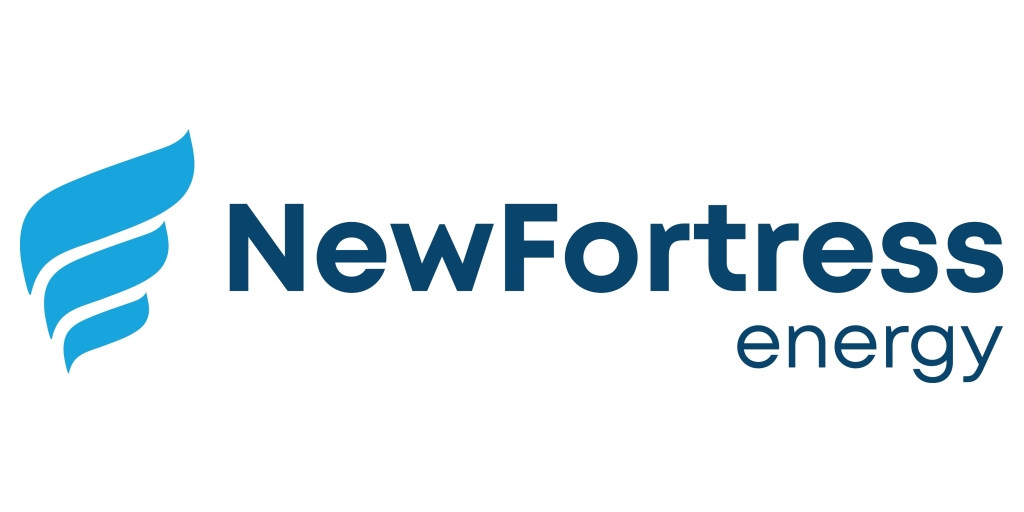After six years, the Global Lighthouse Network (GLN) has expanded from 16 to 189 Lighthouses, representing factory, sustainability, and end-to-end value chain categories across 33 countries and 35 subsectors—four times greater than the number of subsectors in 2018 (Exhibit 1).

The latest 36 Lighthouses—awarded in October 2024 and January 2025—have not only followed the playbook but are continuing to innovate. They illuminate three leading-edge lessons:
- They are tackling the digital “scaling slump” with a mindset to assetize use cases as enterprise capabilities while partnering with their frontline workforces to localize adoption.
- They are investing in their frontline workforces, focusing on productivity and stability in equal parts. Lighthouses design a range of talent solutions specifically tailored to develop and engage each site’s local workforce.
- They are progressing toward end-to-end sustainability, building on top of the tech-enabled eco-efficiency solutions pioneered by early Lighthouses with investments in value chain data and new partnership models, which will underpin circularity in the future.
This article will introduce the mindset shifts, with subsequent pieces taking a deeper look at how Lighthouses are tackling the scaling slump and achieving a step change in impact through advanced applications of technology use cases, frontline talent innovations, and sustainability solutions.
Capturing the value from gen AI through a ‘value backed’ approach
Amid the recent AI hype, Lighthouses have cracked the code on site implementation: 77 percent of the top five use cases of this year’s Lighthouses were enabled by analytical AI, and 9 percent leverage gen AI. All have unlocked step changes in performance—averaging improvements of more than 50 percent in conversion cost, cycle times, and defect rates.
How have Lighthouses found impact where others are still exploring potential? The differentiator is their approach to large language models (LLMs) and other new technologies, which remains consistent with the playbook proved through the adoption of earlier technologies, such as the Industrial Internet of Things (IIoT). They stay laser focused on a value-backed approach to reduce process debt; invest in foundational capabilities across people, process, and technology; assetize solutions for scale; and partner with frontline workforces to localize engagement and adoption.
Beyond productivity, Lighthouses also deploy technology across their value chains to drive agility, resilience, and sustainability. Data platforms that connect customer, supplier, process, product, market, and sustainability data bring visibility and intelligence to the many intricate decisions required to optimize value chain performance.
These approaches include:
- Intelligent product introduction tool suites with capabilities for one-click product design, process simulations, pricing, and bid preparation.
- Integrated resilience hubs that manage numerous spokes with ensembles of AI models for forecasting demand and disruption, simulating processes, optimizing planning, orchestrating logistics, and more.
- Technology- and partnership-enabled circularity solutions to drive life cycle emissions reductions, with a particular focus on Scope 3.
For the value chains flowing through Lighthouse sites, these approaches have delivered 50 percent reductions in new product introduction times. As a result, Lighthouses have experienced eight times less revenue shock than their peers in the wake of the pandemic and have achieved a reduction of between 30 and 50 percent in Scope 1 and 2 emissions, as well as significant initial improvements in Scope 3 emissions.
Developing ongoing learning journeys
One of the driving forces of the impact of the Global Lighthouse Network lies within its name: It is a network of peers that share knowledge and insights—even among competitors—enabled by the World Economic Forum’s platform. This multistakeholder, cross-industry collaboration empowers the community to skip past pilots and focus on learning the “how” of transformation. Lighthouses know that transformations are a team sport—and their open secret to deploying and scaling up technology solutions in six months or less is that they never start completely from scratch.
Surprisingly, only 18 percent of the learning partners listed by Lighthouses came from their own sector, with some, such as automotive, industrial automation, and electronics, inspiring an average of eight other sector categories, highlighting the importance of cross-industry knowledge sharing.
A breakdown of learning sources for Lighthouses’ transformations shows that they learn from an average of three other Lighthouse sites, often outside their country or sector, and two non-Lighthouse sources such as other sites, company partners, and third parties (Exhibit 2).

Technology, talent, and sustainability on the path to performance
What unites Lighthouses is a common playbook committed to sustainable and scalable digital transformations. Instead of technology, these sites attribute their success to a mindset focused on holistic performance, ranging from operational efficiency and environmental impact to frontline capabilities.
1. Technology
Today, instead of pilot purgatory, those at the frontier of digital innovation are facing a “scaling slump” where initial pilot successes fail to translate into scalable, sustainable network impact. Lighthouses know that most scaling-up endeavors are born locally—and invest first at the site level, optimizing processes, cultivating capabilities, and deploying use cases suited to local needs.
Lighthouses package assets for networkwide sharing and remove any barriers to transferring knowledge with formats that translate across a diverse operating base.
2. Talent
Transformation approaches at Lighthouses are deeply rooted in people: 75 percent of Lighthouses have deployed solutions in each of five priority areas for frontline talent management—safety, skill development, skill augmentation, work augmentation, and worker experience. These sites develop holistic talent approaches adapted to local contexts, across both technical and leadership capabilities. When digital talent is scarce, an ecosystem of partnerships enables Lighthouses to offer a suite of programs suited to an employee’s unique skill set or development goals.
Lighthouses also build up leadership capabilities alongside technical capabilities, with 61 percent ranking transformation offices as one of their top two enablers for transformation.
Cross-network leadership then shares lessons and accelerates scale-up. Lighthouses invest in people capabilities as both an input and an outcome of their performance transformations.
3. Sustainability
Tech-enabled digital transformation is advancing sustainability ambitions and providing the platform for more holistic circularity and decarbonization innovations with real business benefits. These benefits include enhanced supply chain resilience, with a 25 to 50 percent reduction in inventory and 15 to 30 percent improvements to on-time delivery, as well as resource efficiency, with an average reduction of 30 percent in material waste and 25 percent in energy and water consumption—often in response to concerns for local resource availability and cost. Lighthouses are also improving value chain sustainability with circular business models, materials science, and product or packaging design.
These pioneering sites demonstrate that it is the mindset that matters—tuning out noise to stay hyperfocused on holistic impact, designing with and for the workforce, and investing in scalability and adoption. The 2024 cohorts highlight how this approach continues to be essential to Lighthouses’ success.
Trends in technology: AI hype and Lighthouse adoption
Much of the discussion around AI is still focused on potential rather than proven applications. Many lament how AI is falling short, even hindering workers’ productivity. A report in July 2024 found that despite 96 percent of C-suite executives expecting AI to boost efficiency, 77 percent of employees reported it adding to their workload. In production settings, AI’s lack of real-world impact has stalled deployment relative to the global average, with a recent survey revealing a 35 percentage point drop year over year in leaders planning to increase AI spend (down from 93 percent in 2023).
Some organizations are finding it difficult to make the business case for investment, especially in some countries where the requisite talent is expensive. For example, in the United States, hiring just three key roles for AI development can cost nearly a half million dollars.
This is not unusual. Just five years ago, there was similar hype around IIoT and its promise of real-time connectivity. Today, mindful of the costs of connection, sites deploy IoT selectively in domains offering the highest returns, such as predictive maintenance, inventory management, and asset tracking. AI breakthroughs are following a similar trend. As with IIoT, Lighthouses remain ahead of the curve: 77 percent of their top five use cases feature analytical AI, up from an average of 62 percent in 2023, and 9 percent now feature gen AI (Exhibit 3). On average, these use cases have driven an improvement of more than 50 percent in conversion costs, cycle times, and defect rates for Lighthouses.

From digital twins to LLMs, each technology innovation is as new to Lighthouses as it is to everyone else. It is easy to forget that commercial-grade LLMs first became available only a few years ago. What has stayed consistent for Lighthouses is their mindset: value-backed approaches, rooted in real business needs.
The next two articles in this series will explore the mindset required for making digital transformations stick and looking beyond productivity to applying AI across value chains for greater agility and sustainability.
This article is an excerpt from Global Lighthouse Network: The Mindset Shifts Driving Impact and Scale in Digital Transformation, published by the World Economic Forum on January 14, 2025.




